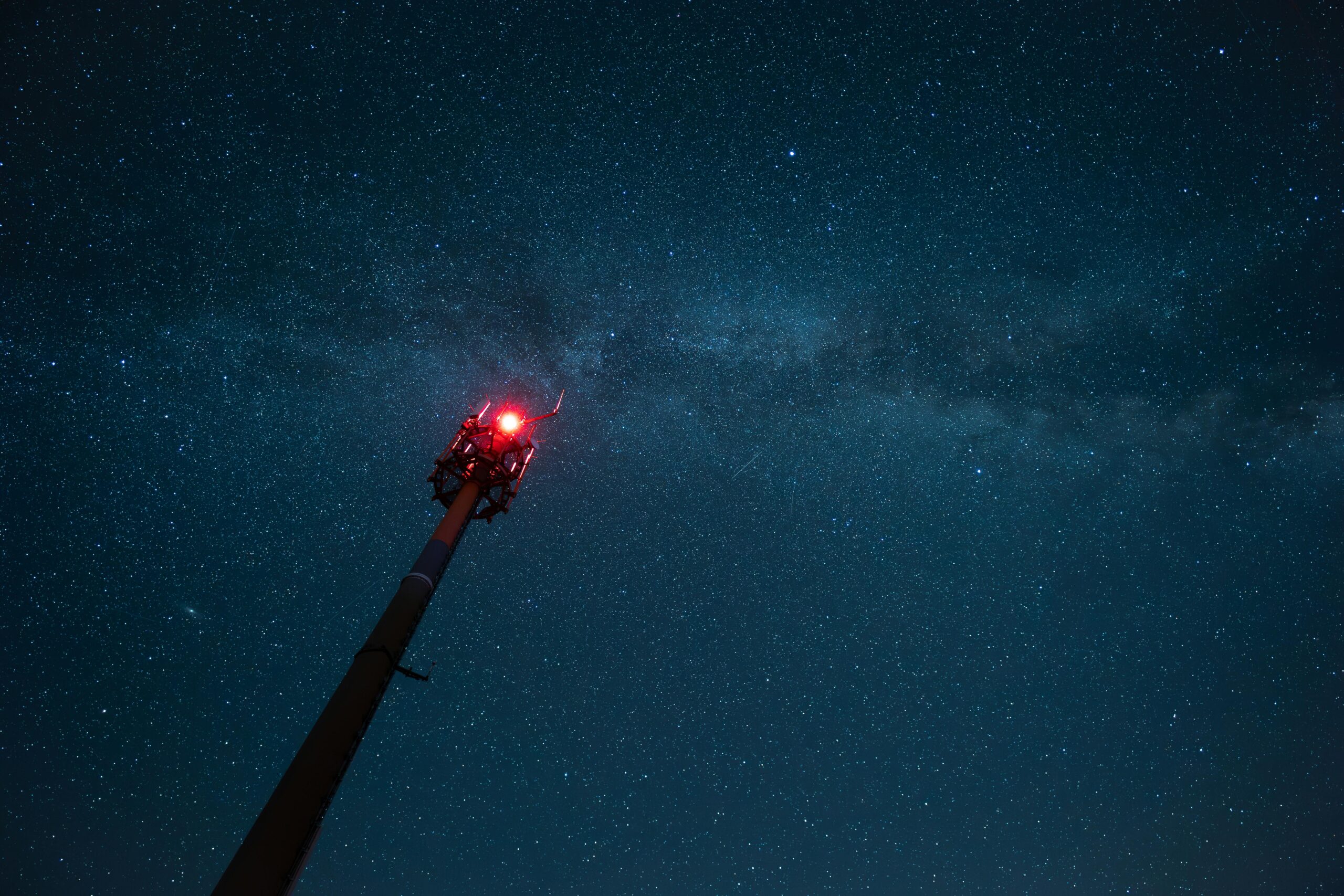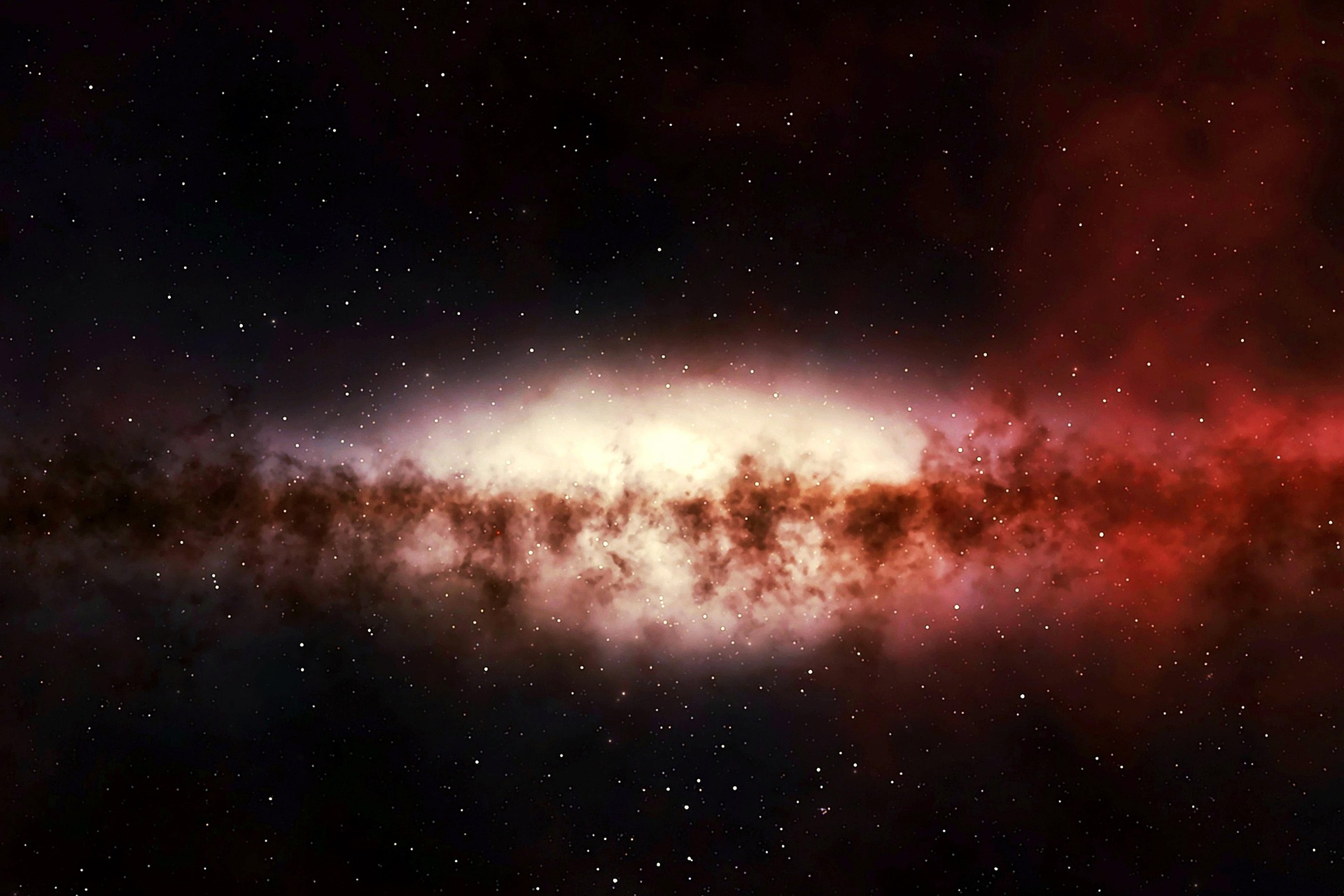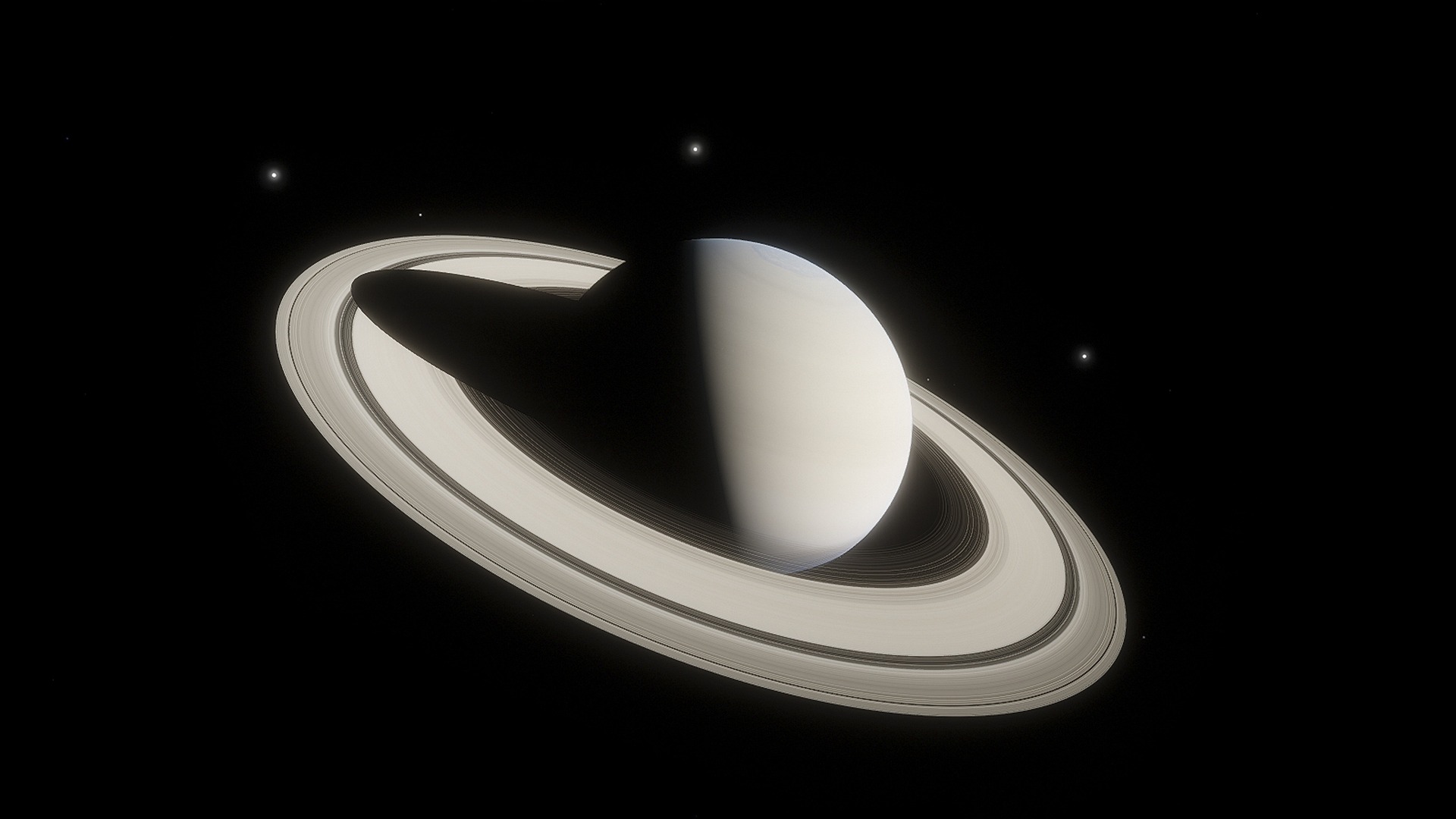Astronomers have detected a powerful fast radio burst (FRB) coming from the outskirts of a massive, inactive galaxy—an unexpected location that is reshaping scientists’ understanding of how and where these mysterious cosmic signals form. The discovery of FRB 20240209A introduces new possibilities about the environments capable of producing such energetic phenomena.
Anomaly in deep space
The burst, labeled FRB 20240209A, was first recorded in February 2024 by the Canadian Hydrogen Intensity Mapping Experiment (CHIME). It wasn’t a one-off event. Over the following five months, the same location produced 21 additional radio pulses—behavior associated with a rare class of repeating FRBs. This repetition immediately caught the attention of astronomers and signaled the need for further investigation into the source.
A surprising host galaxy
Detailed observations using optical and infrared telescopes traced the burst’s origin to the far reaches of a massive elliptical galaxy located around 2 billion light-years away. Estimated to be about 11 billion years old, the galaxy has long since stopped forming stars and is considered “dead” by cosmic standards. The FRB’s origin point—about 130,000 light-years from the galaxy’s center—marks the farthest known offset from a host galaxy ever observed for such an event.
This location is highly unusual. Fast radio bursts have traditionally been linked to younger, more active galaxies with abundant star formation. Those regions typically contain magnetars and other compact remnants of massive stars thought to produce these bursts. The remote, starless environment of FRB 20240209A flips that assumption on its head.
New questions in FRB science
The discovery challenges the long-standing notion that FRBs originate primarily from youthful, energetic environments. Instead, the detection of a powerful burst in the outer halo of a silent, elliptical galaxy suggests that other, older mechanisms might be at work. Researchers believe the FRB may have originated from a globular cluster—a densely packed group of stars—within the galaxy’s outskirts. This could point to new progenitor types and production mechanisms that were previously overlooked.
Expanding the search for answers
This unexpected finding is already prompting astronomers to broaden their search for FRBs, not just in active star-forming galaxies but also in ancient stellar systems. It raises the possibility that some of the universe’s oldest and most stable environments may harbor the conditions necessary for such high-energy bursts.
As instruments and detection methods improve, astronomers are likely to uncover even more examples of FRBs in unconventional settings. The case of FRB 20240209A underscores the importance of considering a wider range of cosmic environments—and shows that even “dead” galaxies may still have surprises to offer.





